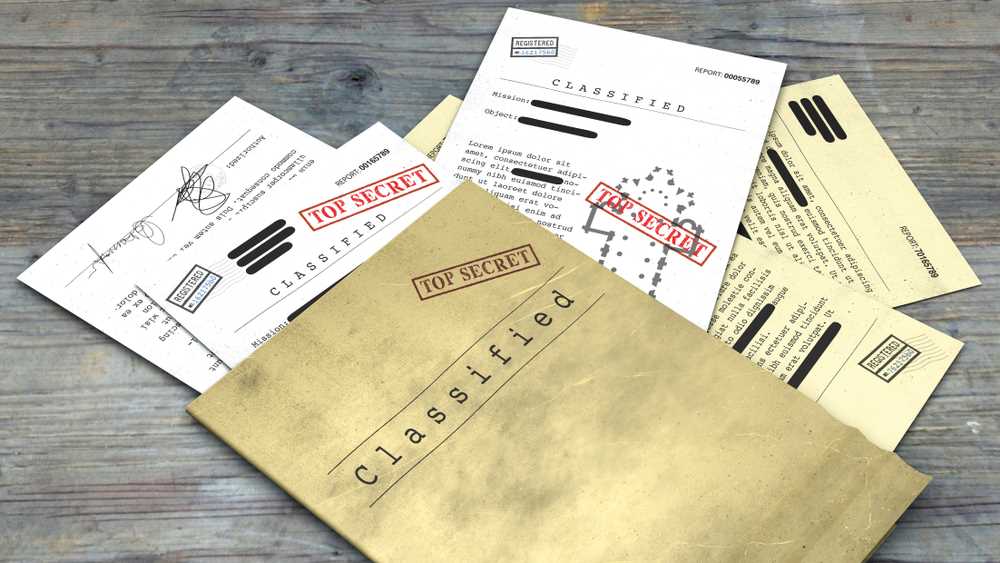In August 2022, when classified documents were found in former President Trump’s Mar-a-Lago residence, CNA’s records management expert Eileen Chollet commented on the chaos that reigns when classified records are printed out on paper. With the discovery of more classified documents in offices and homes across the country, Chollet returns to InDepth to bust some records policy myths that are circulating.
Myth: All paper classified documents are official records that must be preserved.
Busted: If a document was originally created on a computer (as nearly all government documents are these days), the Government Paperwork Elimination Act of 1998 says the electronic file is the record. Extra copies of the official record created solely for convenience, whether paper or electronic, are not records unless someone notable changes them, such as by drawing on them with a Sharpie. Those print-outs don’t need to go to the National Archives, they need to go to the shredder — one approved for classified documents.
Myth: Paper classified documents are all tracked like books in a library, so a paper trail is created when someone checks them out.
Busted: While a tiny fraction of classified documents are still the numbered paper copies you remember from 1950s spy movies, those accounting procedures mostly died out with the rise of the dot-matrix printer in the 1970s. Users of classified computers can — but shouldn’t — print out as many paper copies as they need.
Myth: If a classified paper document is in a VIP’s office, garage, or basement, that document must have been kept by the VIP.
Busted: VIPs don’t clear their own printer paper jams. If the CIA director needs, say, the latest intelligence on Chinese weather balloons, he tells a staffer, and that request is passed down the chain of command. Somewhere in the darkest depths of the Langley basement, a junior agent prints out the intelligence, and he gives it to his boss, and she gives it to her boss, and so forth until it lands on the CIA director’s desk. When the director is finished reading, he gives the paper document back to his senior staffer, and down the chain of command, it goes. Eventually, that junior agent is supposed to put it in either a safe approved for classified documents or an approved shredder.
What’s the bottom line?
In honor of Dr. Suess’s upcoming birthday, let’s all pledge to follow the Lorax’s plea: stop killing trees! Paper is the problem. An electronic Word document will not end up under a Corvette no matter who messes up. Tempted to hit Print? Just say no.

